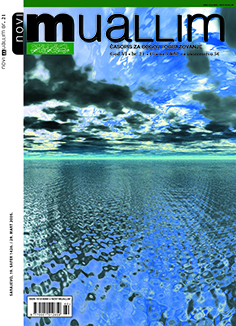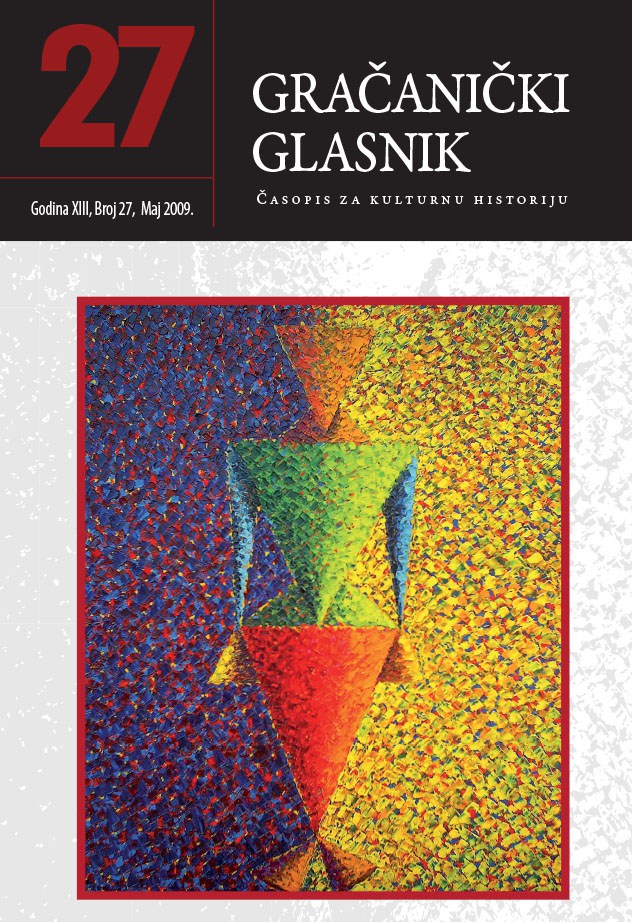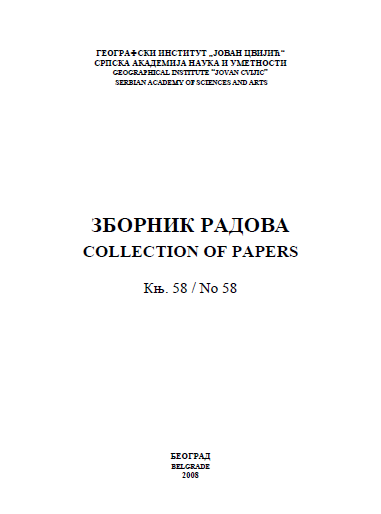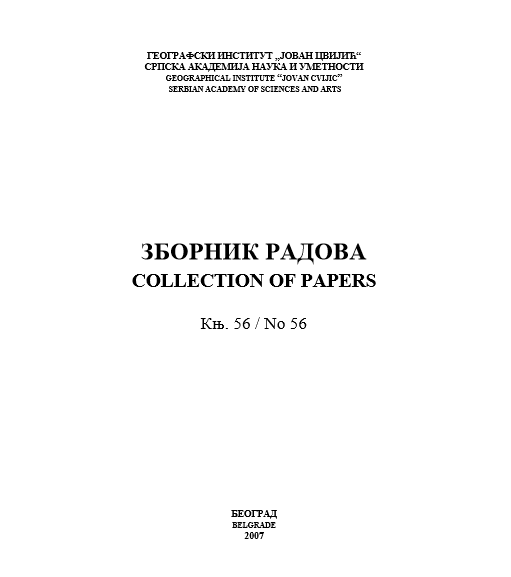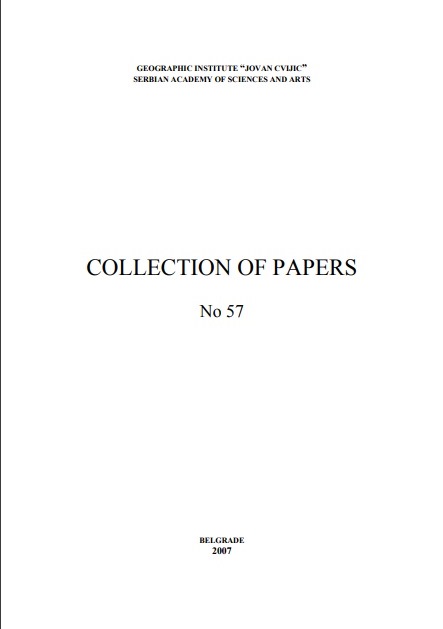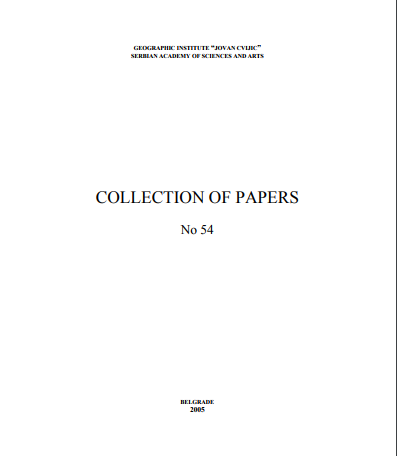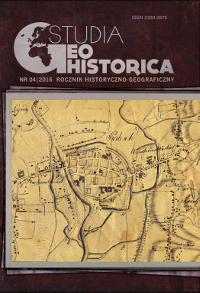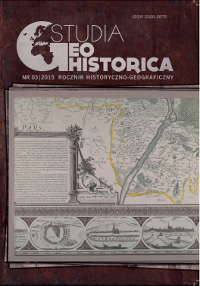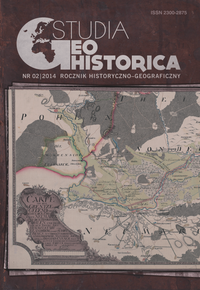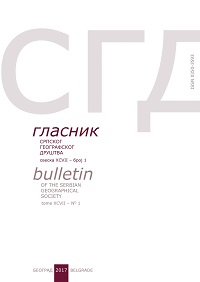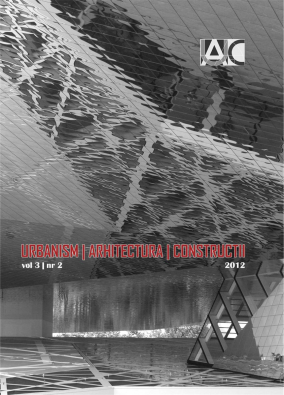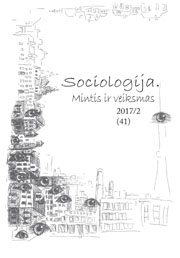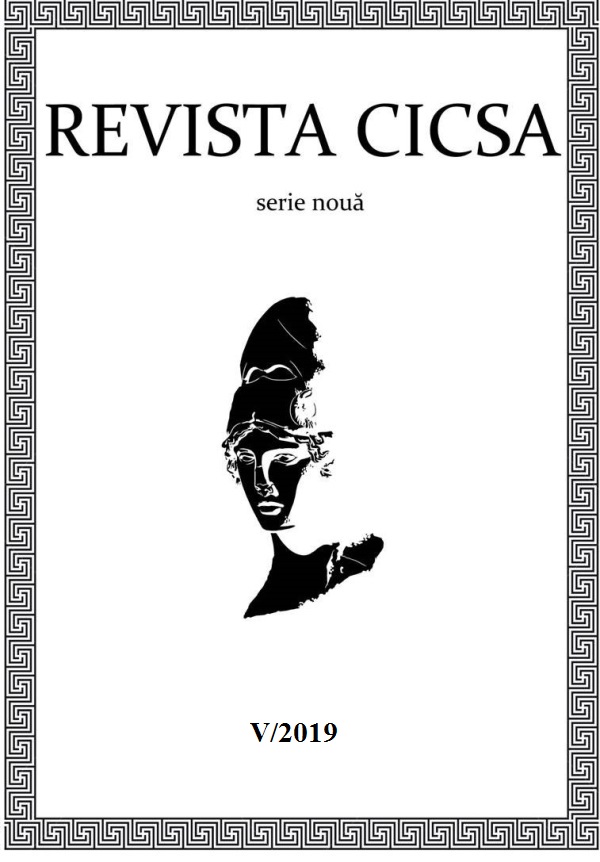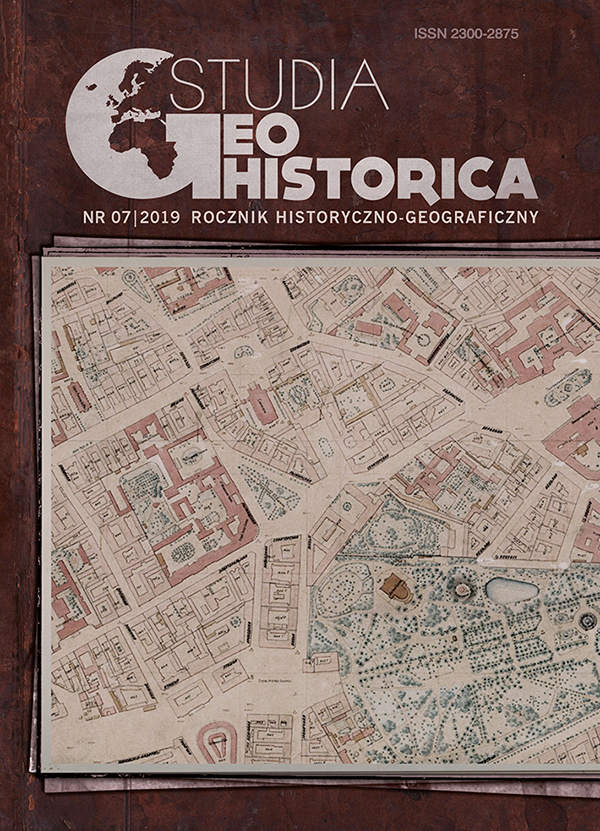Author(s): Mirčeta Vemić / Language(s): Serbian
Issue: 1/2007
On account of well-known historical facts, autonomous development of cartography in Serbia began not until last quarter of the 19th century. In the beginning of the next century, cartographic activity in Serbia have grown in the scope of Serbian cartography, and Yugoslav
cartography afterwards, concerning several periods of existence of Yugoslav state. Each of periods reflected on total cartography situation and its progress, even though permanent continuity in the development of cartography existed. The continuity was permanent in production as well as in science, and provoked by constant and fast growth of needs for maps, and also by their raised role in economic, cultural and scientific life of the state and society. By its features, period before the uniting of Yugoslav countries in 1918, resembled more like cartography of the 19th century, while periods of the kingdom, between two world wars, and period of the republic, after the World War II, had more elements of planned, systematic and continual development. Period after the existence of SFRJ (1992) had its own cartographic specialness.
Cartography in Serbia in 20th century had developed through numerous scientific, professional, technological, production, educational, archive, publication, and in every other way, in order to achieve European and world cartography development level. The most massive mappings are based on geodetic and topographic measurement, so they had engineer character, and cartographic base got in this way served also for various thematic mappings, first of all geologic,
pedologic, geomorphologic, geomagnetic, etc. Important role in map production in Serbia also
belongs to school geographical maps and satins, historical and geographical maps and satins.
Series of single maps from the various domains had been produced, but yet, complex satin mapping left out, so that Serbia still doesn’t have national atlas. Cartography has been and still is taught, at faculties of geography, geodesy, geology, and at Military Academy as well.
More...
